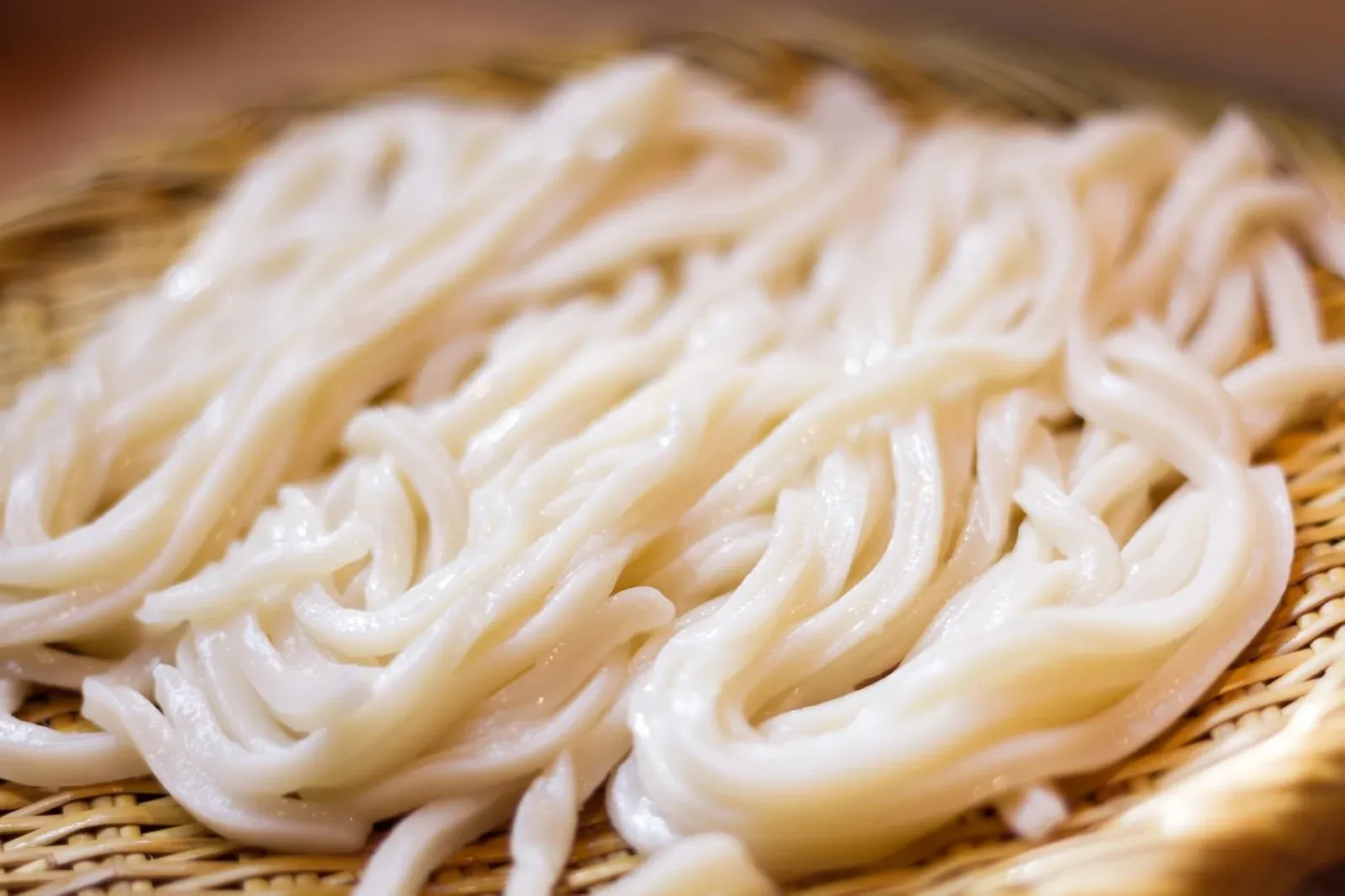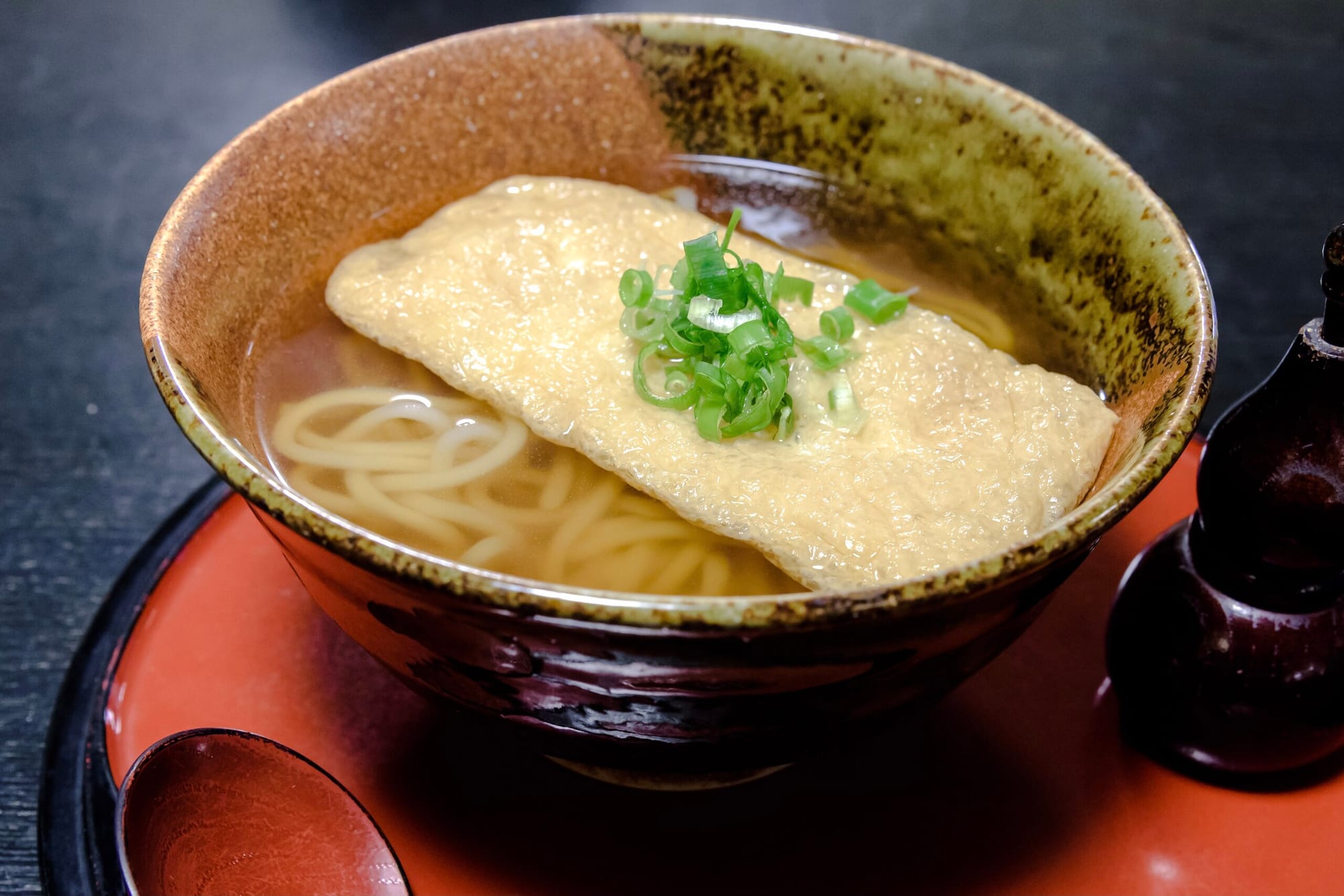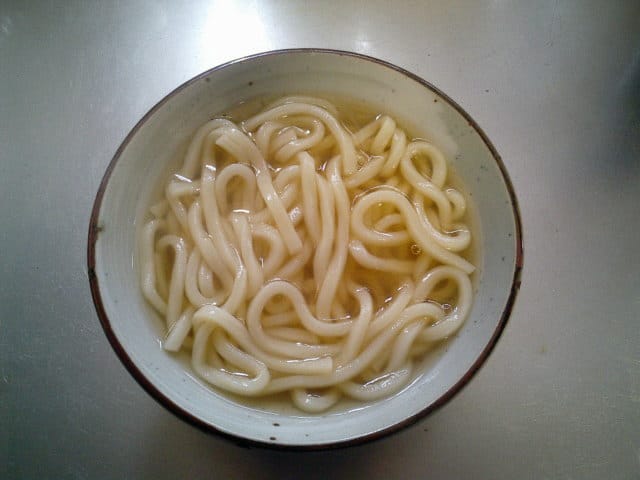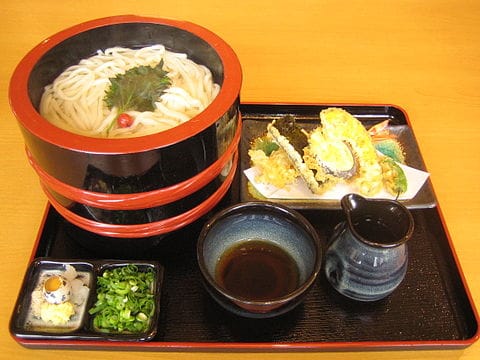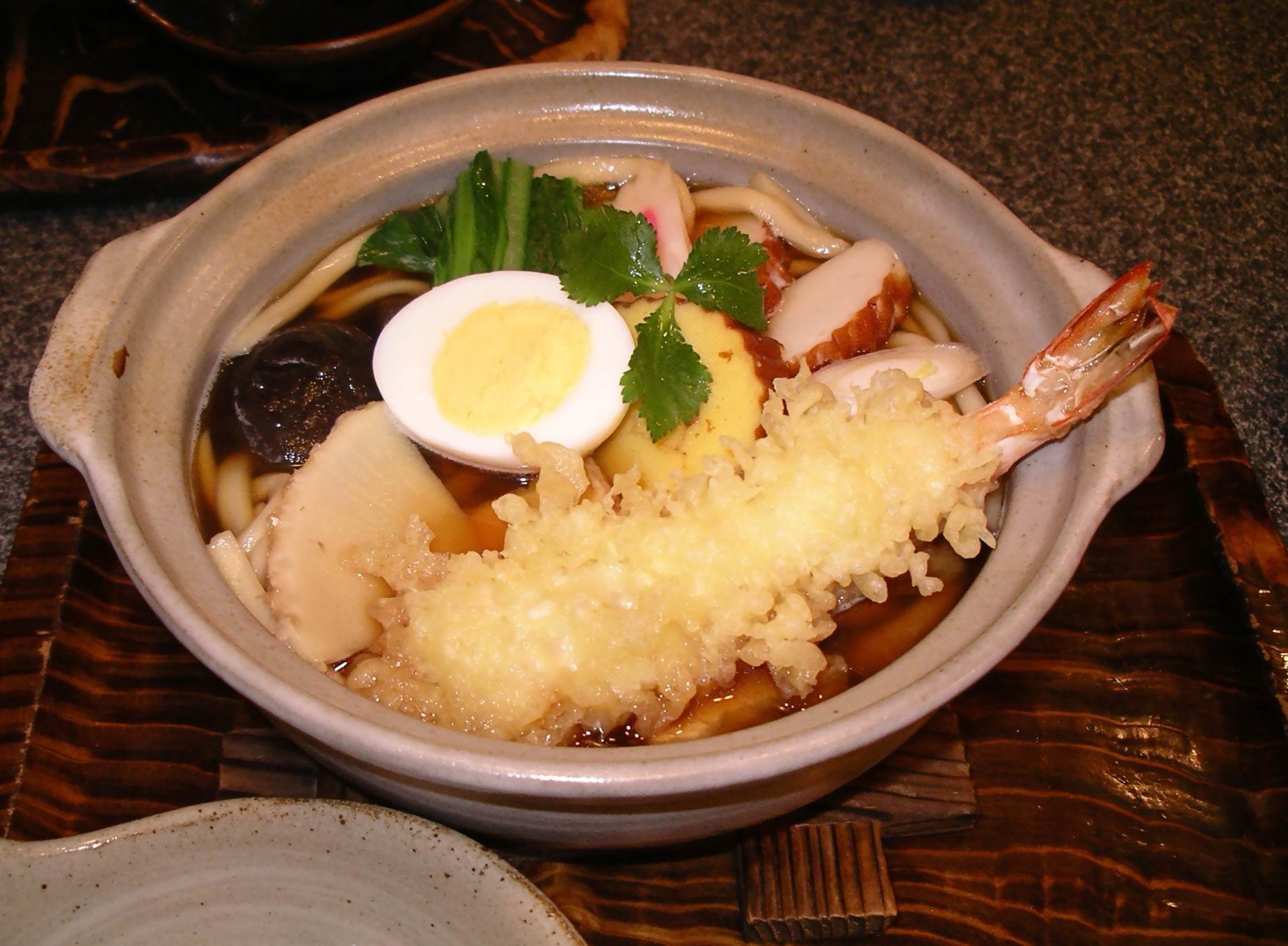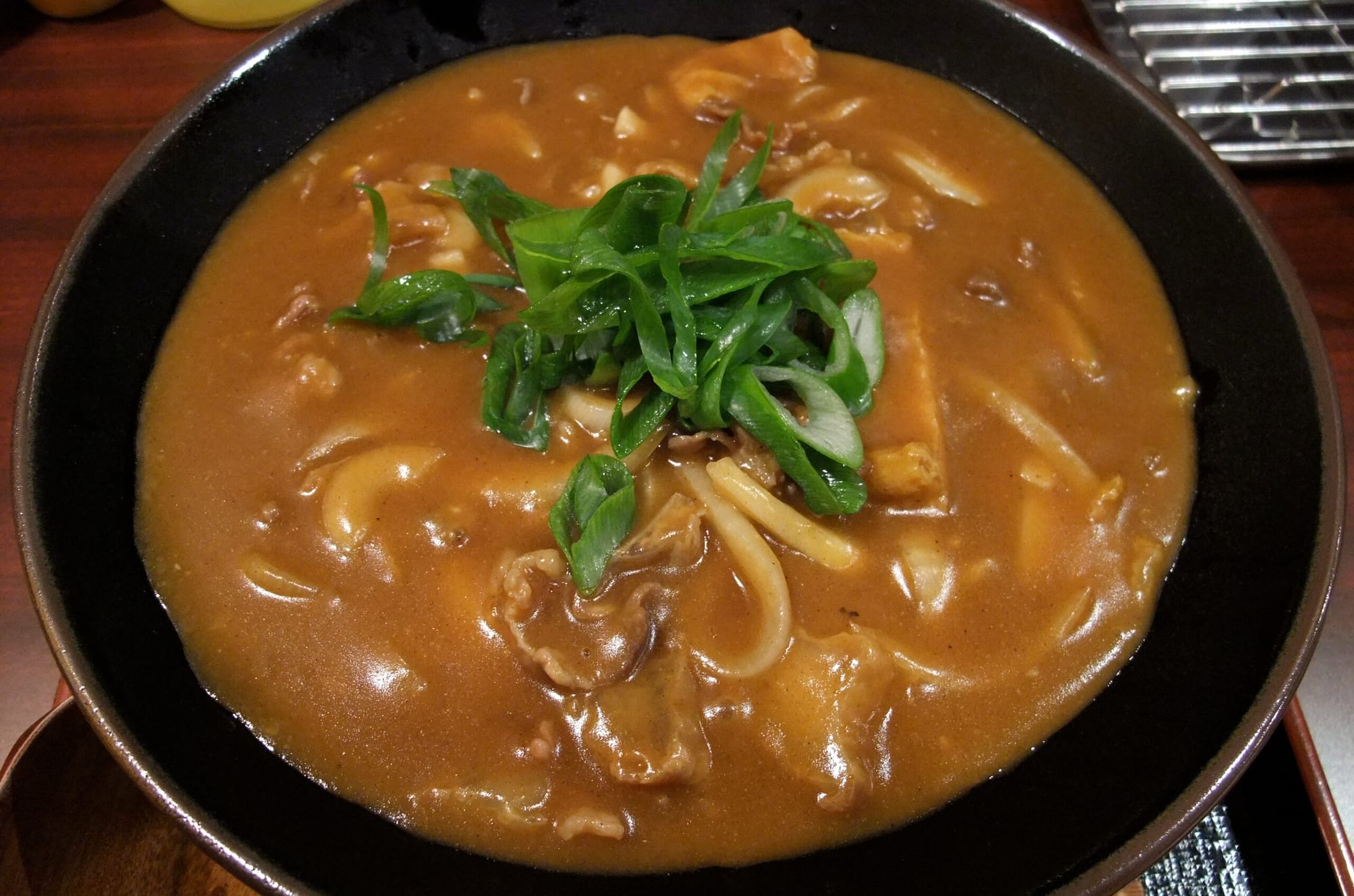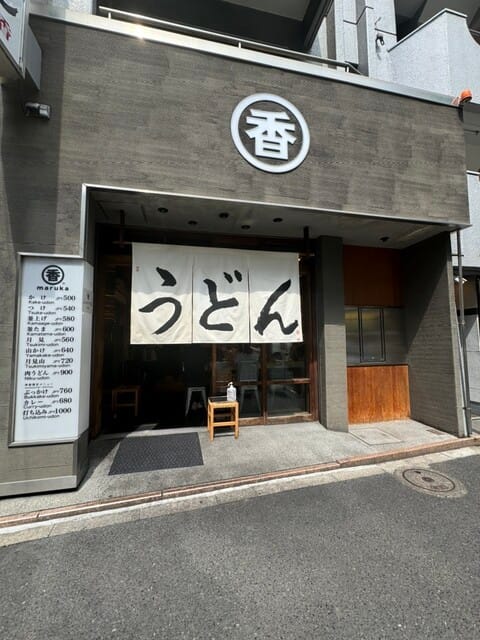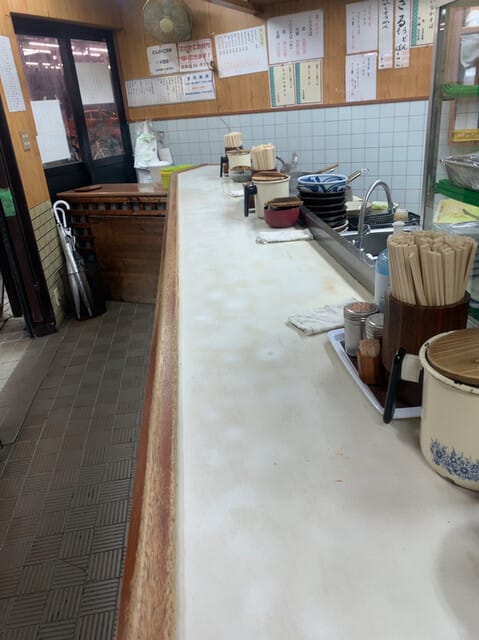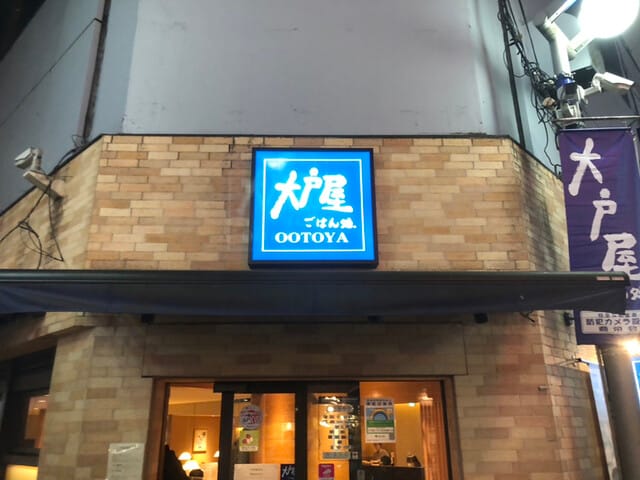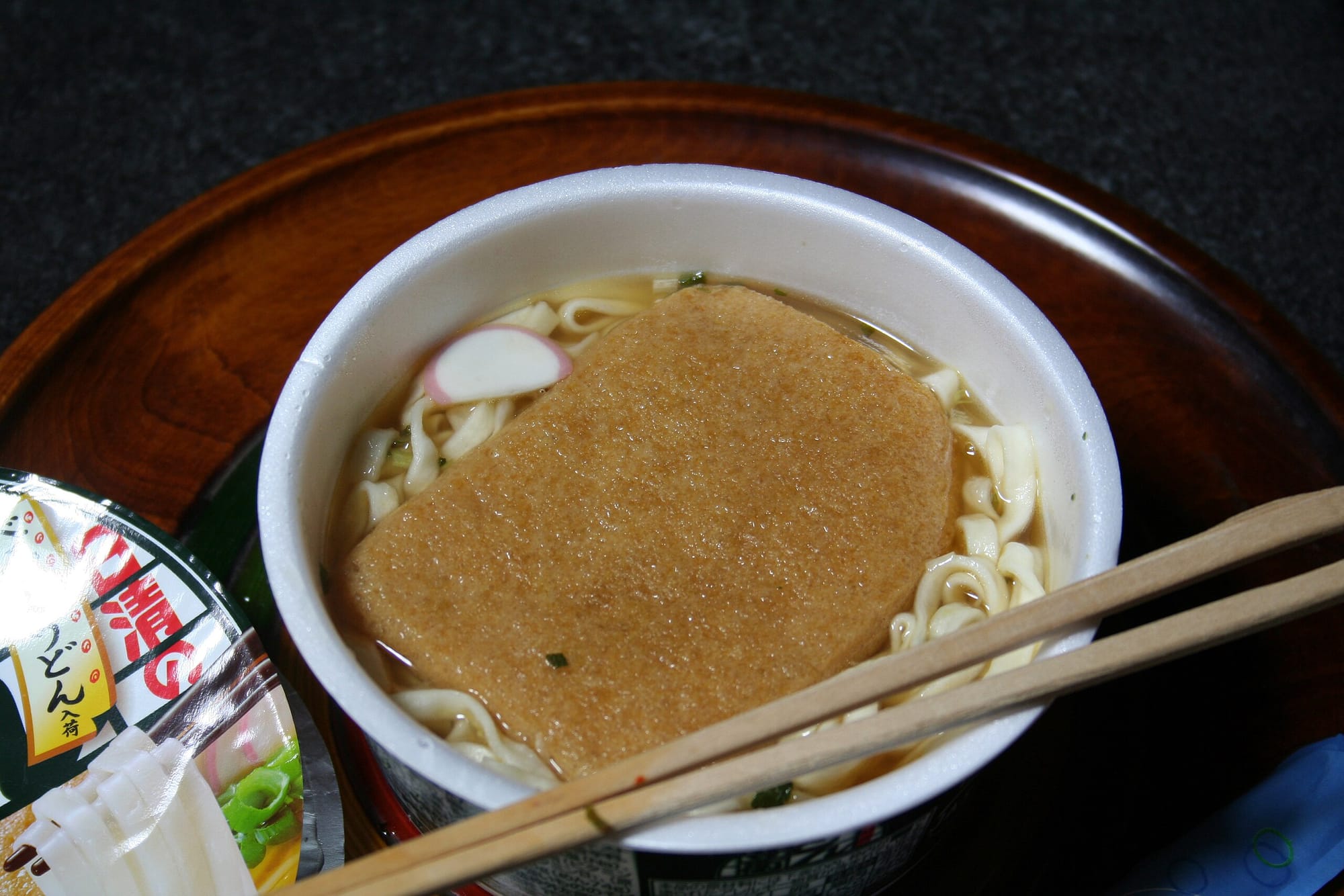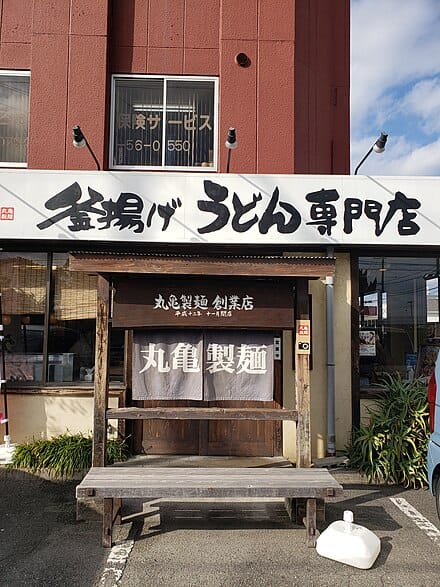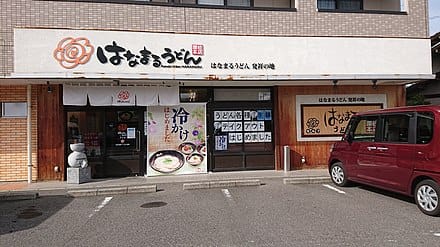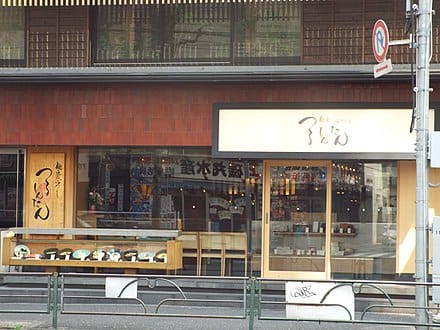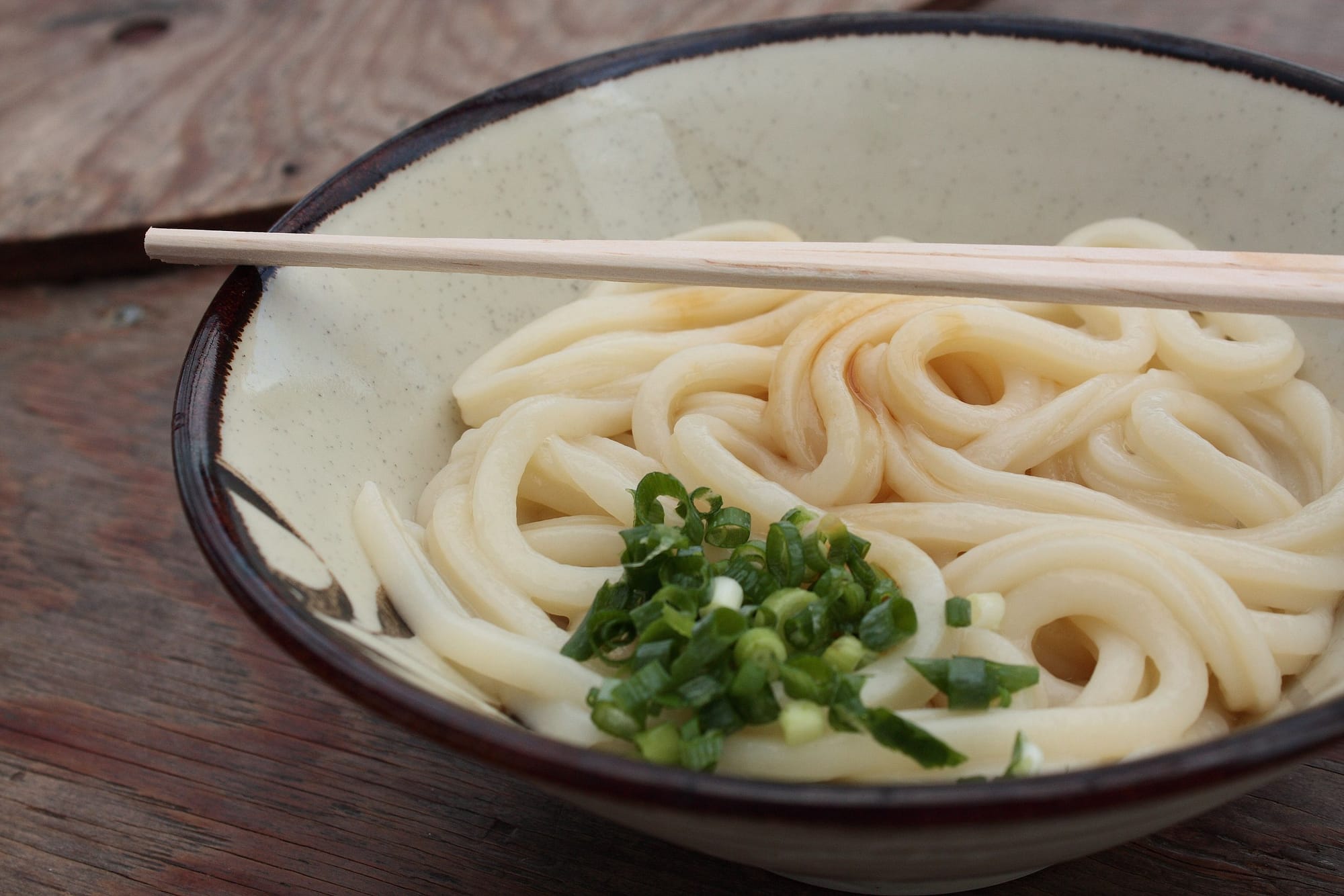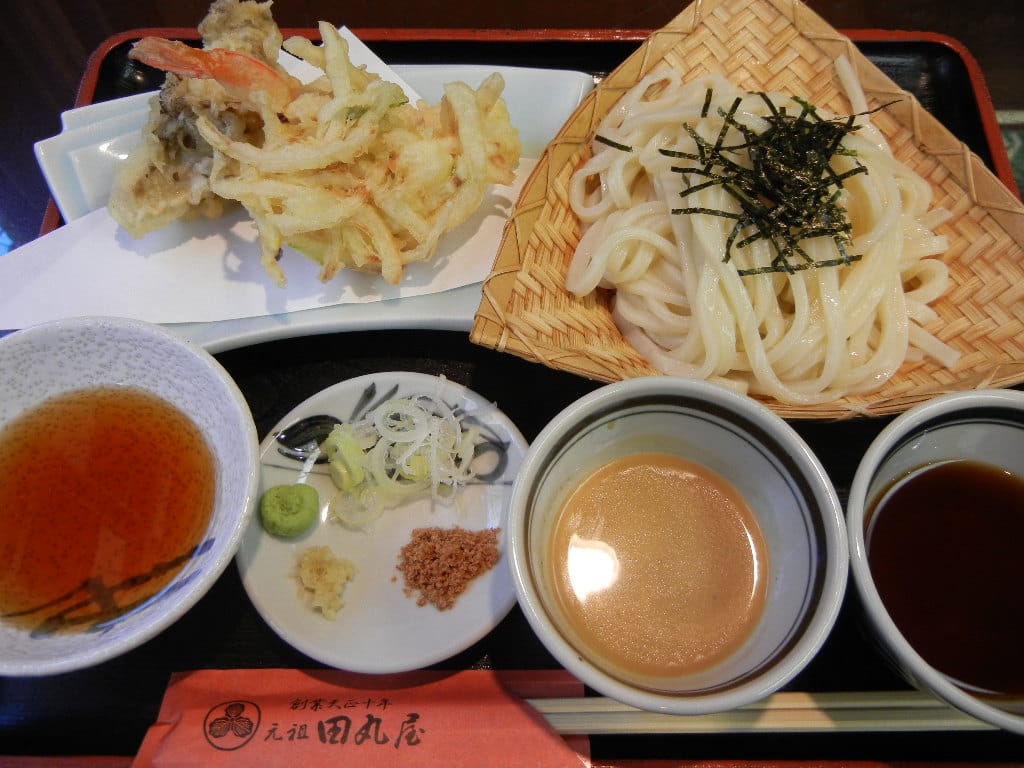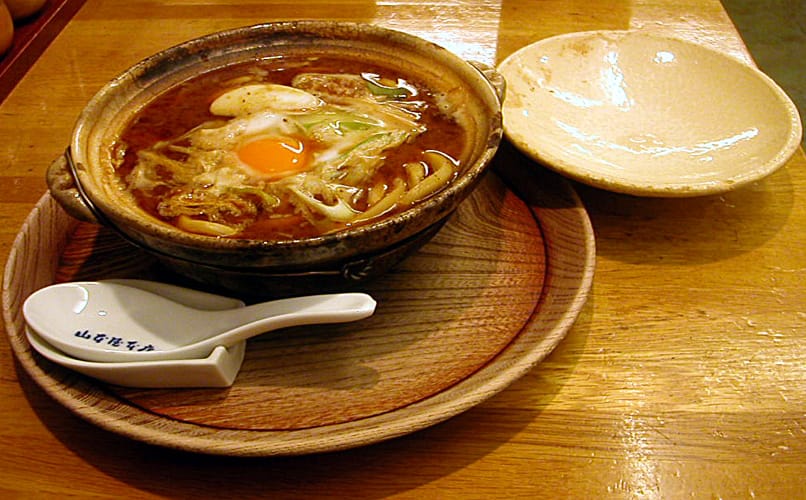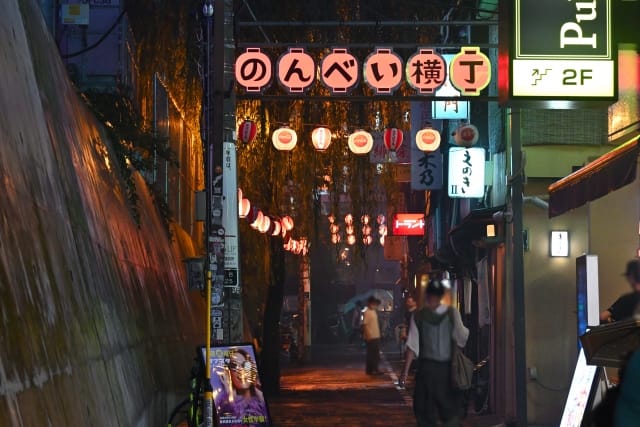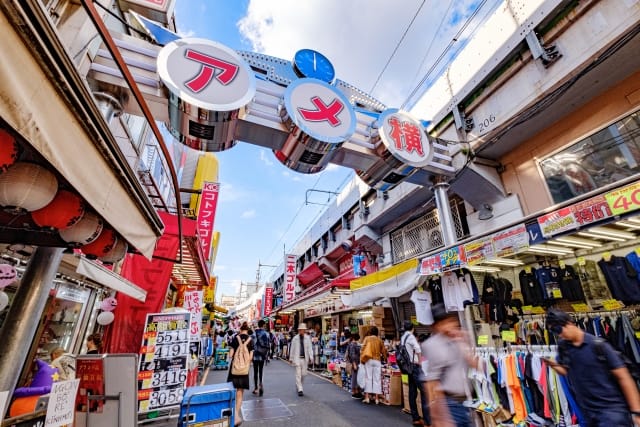Udon Guide: Japan's Filling Traditional Noodle Dish
The reason for updating the article is the growing interest in tours that allow visitors to enjoy Japanese food culture and delicious dishes. As these tours gain popularity, Magical Trip's tour, which ranked #1 among all tours on Tripadvisor, has been receiving numerous applications.

For those interested in traditional Japanese cuisine, join the "Finest Quality Sushi & Tempura Dining Experience in Ginza," where a knowledgeable local guide will take you to their highly recommended Japanese restaurants. While enjoying sushi, tempura, and sake, your local guide will teach you proper dining etiquette and the best ways to savor each dish.
If you want to experience local cuisine beloved by residents in Japan's top culinary destinations, we recommend these two tours:
Kyoto and Osaka are premier culinary destinations, second only to Tokyo in the number of Michelin-starred restaurants. Take the opportunity to fully immerse yourself in each city's unique food culture while enjoying their exquisite local specialties.
We hope you'll have a wonderful time experiencing everything Ueno has to offer by joining a Magical Trip tour!
Introduction
I first tasted truly delicious udon when I visited Kagawa Prefecture as a college student. The shop my local friend took me to wasn't a tourist-oriented place, but a small shop bustling with locals.
The chewy Sanuki udon with its firm texture that came out there was different from any udon I had eaten before, with an impressive deliciousness and satisfying taste.
Since then, whenever I visit different places for work, I try to taste the local udon. I'm always surprised that even with just udon, there are quite a lot of varieties for each region, such as Inaniwa udon and Mizusawa udon, in addition to the Sanuki udon that impressed me.
One point about udon is that in addition to local shops, there are also many delicious chain stores. Depending on my mood, I sometimes go to the cheap and convenient "Marugame Seimen" or the slightly upscale "Tsurutontan."
The appeal of udon isn't just in its taste. The excitement of picking your favorite tempura at a self-service Sanuki udon shop, quickly eating among office workers returning from work at a standing udon shop, or leisurely enjoying high-class udon with family - the experience of various styles of udon shops is also attractive.
In this article, I'd like to introduce you to the charm of udon, from basic information to regional characteristics of udon, mixed with my own experiences.
Please check out this udon guide, a must-read for those about to visit Japan!
If you are interested in Japanese cuisine, you will definitely regret not enjoying authentic sushi in Ginza, home to some of the best restaurants in Japan!
Please refer to the following article, which introduces a selection of the best sushi restaurants in the real “Japan” that you should try at least once while you are alive, and enjoy the best sushi in Tokyo.
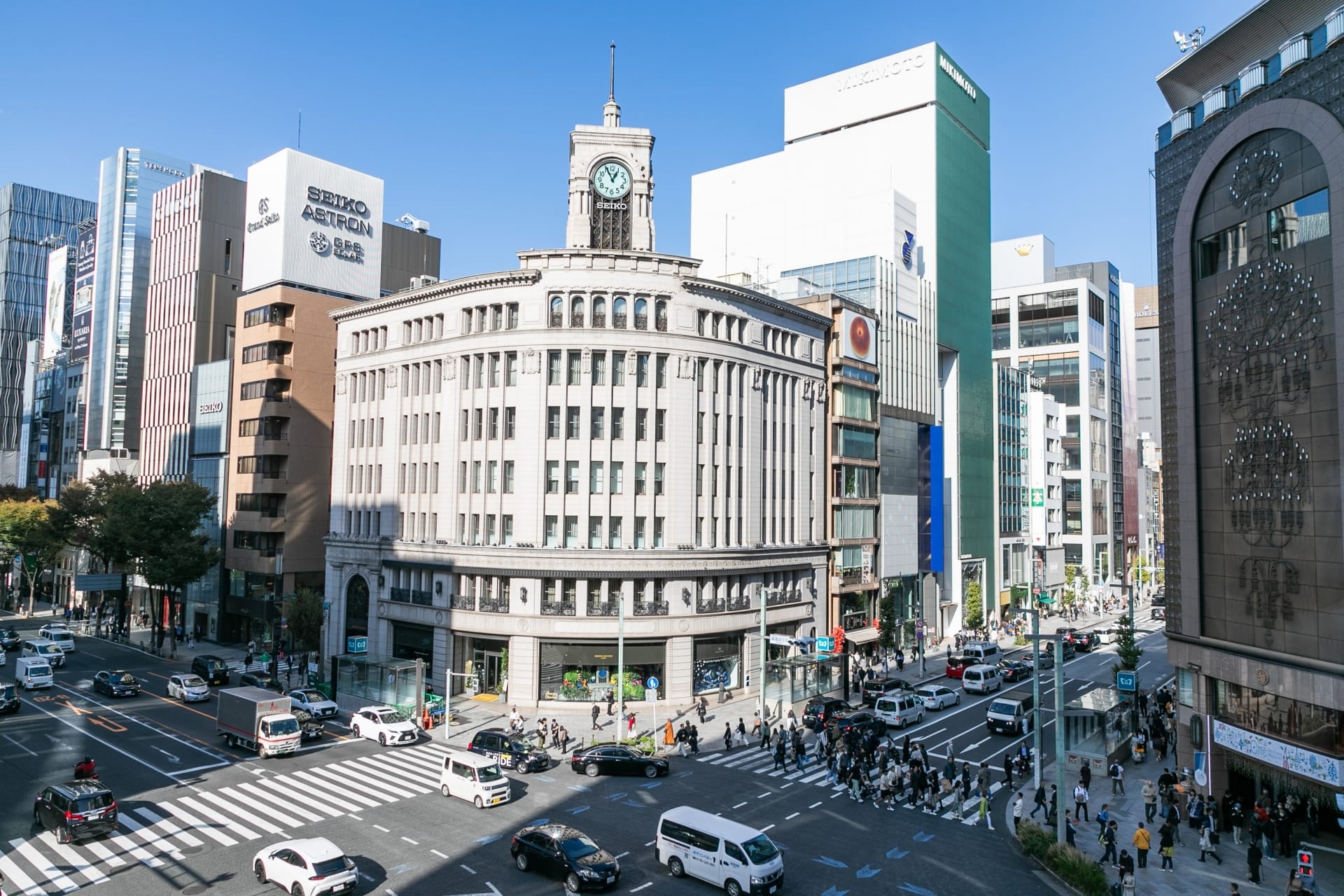
What is Udon?
Source: Wikipedia
Udon is one of the traditional noodle dishes representing Japanese food culture. It's characterized by thick noodles with a firm texture, made mainly from wheat flour. It's typically eaten with soup, and there are both hot and cold udon dishes. Since I was a child, my favorite has been the hot kake udon that my mother used to make.
Udon is similar to soba in how it's eaten, and they have many things in common. However, udon noodles are thicker, so they're more filling. I recommend choosing udon over soba when you want to feel really full.
Why Udon Has Been Loved by Japanese People for a Long Time
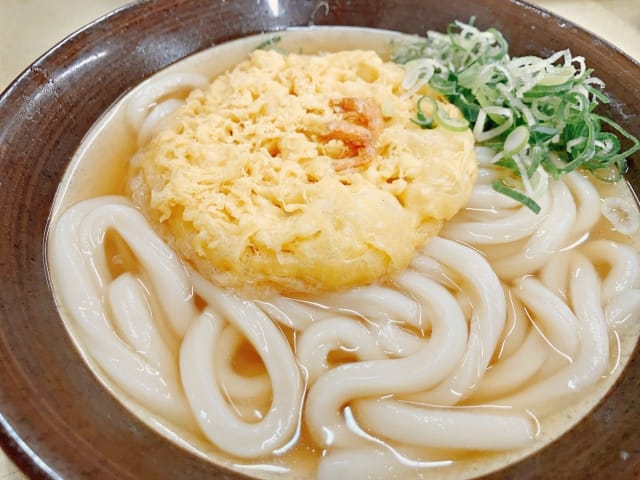
There are several reasons why udon has been loved by Japanese people for a long time. First, noodles made from wheat flour are easy to eat and filling, so they've become established as one of the staple foods for Japanese people.
Also, the fact that you can enjoy hot kake udon in winter and cold zaru udon in summer, adapting to the seasons, is another reason for its popularity.
One characteristic of udon is that you can enjoy various flavors by changing toppings, condiments, and types of soup. Regional udon like Sanuki udon and Inaniwa udon are also popular. Another part of the enjoyment of udon is that you can experience various styles of shops, from self-service stores to specialized hand-made udon shops.
Above all, udon is a common noodle dish that can be eaten at an affordable price. Its accessibility makes it popular among a wide range of generations, from children to the elderly.
I often went to udon shops with my friends during my student days. I have memories of eating cheap and filling udon, satisfying both my stomach and heart.
Types of Udon Commonly Eaten by Japanese People
There are various types of "udon." In this section, I'll introduce five types of udon that Japanese people commonly eat in their daily lives.
Kake Udon
Source: Wikipedia
Kake udon is the most common type of udon, eaten with hot soup poured over it. It's no exaggeration to say that the taste of the dashi broth is crucial. It's typically served with green onions and tempura crumbs.
Eating kake udon on a cold day is exceptional. The sensation of the warm soup permeating to the core of your body is a moment of bliss.
When topped with "aburaage" (deep-fried tofu), it's called kitsune udon. Aburaage is thinly sliced and fried tofu. Its charm lies in its fluffy texture and gentle taste after absorbing the soup.
Zaru Udon
Source: Wikipedia
Zaru udon is a perfect summer dish where cold udon is eaten by dipping it in sauce. The sauce is typically served separately.
I like eating cold zaru udon on a hot summer day. It's very delicious to quickly dip the firm noodles in the cold sauce before eating. I think it has the charm of being edible even when you don't have much appetite.
Kamaage Udon
Source: Wikipedia
Kamaage udon is a piping hot menu item where you eat freshly boiled udon. It's characterized by noodles with a chewy texture.
When I eat kamaage udon, the aroma of wheat tickles my nose. The piping hot, freshly boiled udon has an irresistible chewy texture. I like this simple kamaage udon the best because I can taste the freshly made udon.
Tempura Udon
Source: Wikipedia
Tempura udon is a hearty dish with tempura placed on top of kake udon. Shrimp tempura and vegetable tempura are standard.
While udon alone can easily fill you up, tempura udon is even more filling, so I recommend it when you want to "eat a lot!"
Curry Udon
Source: Wikipedia
Curry udon is a unique Japanese fusion dish. It's a hearty dish with curry roux poured over udon. It often features mild-flavored curry and is characterized by plenty of ingredients like meat and vegetables.
I remember going with friends to eat curry udon at an udon shop near our school during my student days. It's a nostalgic flavor that I still sometimes crave.
Types of Shops Where You Can Eat Udon in Japan
Next, I'll introduce the main types of shops where you can eat udon in Japan.
Udon Specialty Shops
Source: Tabelog by Torataro ga yuku
At specialty shops that mainly serve udon, you can enjoy authentic flavors. Many shops offer hand-made udon, and the charm is that you can feel the craftsman's skill. Prices vary from cheap self-service shops to high-end restaurants. You can also taste unique regional udon.
Standing Udon Shops
Source: Tabelog by Oishisoudesune
Standing udon shops are popular spots, especially in urban areas. They're loved by office workers and students for being cheap and fast. They mainly have counter seats, and many shops allow you to choose your toppings.
Family Restaurants
Source: Tabelog by trans994
Family restaurants are chain stores that serve various dishes including udon. They're easy to use for families, and the charm is in their hearty menus. They also have abundant set menus, giving a sense of good value.
Supermarkets / Convenience Stores
Source: Wikipedia
Easy-to-cook udon is also sold at supermarkets and convenience stores. The taste of cup noodle udon and microwave-heatable udon is surprisingly authentic. I think they have a completely different deliciousness from restaurant udon.
Famous Udon Chain Stores in Japan
While soba is more popular in the Kanto region like Tokyo, so there aren't many chain stores expanding nationwide, there are many udon chain stores that can be seen everywhere in Japan.
Here, I'll introduce three recommended chain stores.
Marugame Seimen
Source: Wikipedia
Marugame Seimen is a chain store with a rich menu based on Sanuki udon. Its charm lies in its commitment to boiling noodles after receiving an order and its reasonable pricing. The interior is self-service style, and you can choose your own toppings.
I felt proud when I saw Marugame Seimen even when I went to Taiwan, realizing that it's loved not only in Japan but around the world.
Website: https://jp.marugame.com/
Hanamaru Udon
Source: Wikipedia
Hanamaru Udon is a chain store characterized by its chewy udon made in its own noodle factory. It mainly offers simple menus like kake udon and kamaage udon. A nice point is that you can freely choose condiments and toppings in self-service style. The fast serving speed is also attractive.
I often went to Hanamaru Udon during my student days. It's the kind of udon shop you can quickly stop by on your way home from school or work.
Website: https://www.hanamaruudon.com/
Tsurutontan
Source: Wikipedia
Tsurutontan is an udon chain originating from Osaka. You can easily enjoy it in Tokyo as well. They pride themselves on thick, firm udon noodles and rich soup with strong dashi flavor. This chain store is also unique for its many arranged menus.
While it's more expensive compared to Marugame Seimen and Hanamaru Udon, I recommend this chain store for those who want to casually eat excellent udon.
Website: https://www.tsurutontan.co.jp/
Various Regional Udon in Japan
Japan, being a long country vertically, has different climates in different regions, and the way udon is eaten also varies according to the climate and local culture.
Here, I'll introduce four main local udon varieties in Japan.
Sanuki Udon (Kagawa Prefecture)
Source: Wikipedia
Sanuki udon is the udon from Kagawa Prefecture, the most famous udon-producing region in Japan. It's characterized by its firm and chewy texture, with the charm of strong dashi flavor. Kamaage udon is standard, and many self-service style shops are also a feature of Sanuki udon.
I became addicted to Sanuki udon when I traveled to Kagawa Prefecture. The authentic Sanuki udon I ate at a small udon shop that a local friend took me to was impressively delicious.
You can easily try Sanuki udon at Marugame Seimen, which I introduced earlier, so please give it a try.
Inaniwa Udon (Akita Prefecture)
Source: Wikipedia
Inaniwa udon is a specialty udon from Akita Prefecture. It's a thin udon made using the hand-stretching method, characterized by its smooth texture when swallowed. The soup is light, allowing you to fully enjoy the taste of the udon. Hot kake udon is standard, and the abundance of long-established noodle factories is also attractive.
Mizusawa Udon (Gunma Prefecture)
Source: Wikipedia
Mizusawa udon is a local dish from Gunma Prefecture. It's characterized by thick noodles with a firm texture, and zaru udon is the standard menu item.
I felt that the chewy udon has exceptional texture, quite different from other udon. It's a highly satisfying local udon that really fills you up.
Miso Nikomi Udon (Aichi Prefecture)
Source: Wikipedia
Miso Nikomi Udon is a specialty dish from Nagoya, Aichi Prefecture. It features thick and chewy udon noodles in a rich miso soup. It's a menu item you crave during the cold season.
I first ate Miso Nikomi Udon when I went on a business trip to Nagoya. It was a cold day, so I entered an udon shop wanting to warm up, and they had Miso Nikomi Udon.
When I took my first bite, I was initially overwhelmed by the quite rich miso flavor, but the firmness of the udon went well with the miso, and as I continued eating, it became addictive. Now, I end up eating it every time I go to Nagoya in winter!
Frequently Asked Questions About Udon
Finally, I'll answer some common questions that foreigners often have about udon from a Japanese perspective.
What's the Difference Between Udon and Soba?
The big difference is that udon uses wheat flour, while soba uses buckwheat flour. Udon noodles are thicker and have more firmness, while soba noodles are thinner and have a smoother texture when swallowed. Also, while both can be eaten hot or cold, from a Japanese perspective, udon is more often eaten with hot soup, while soba is also often eaten with cold sauce.
Is Udon Healthy?
Since udon is mainly carbohydrates, it can't be called healthy on its own, but it does provide energy. If you want to enjoy udon in a healthier way, I recommend eating it as a set meal with vegetables and tempura.
In this article, I've introduced you to the charm of udon, a traditional noodle dish that could be called Japan's national food.
You might have been surprised by the depth of the udon world, including the types of udon, ways of eating, recommended chain stores, and regional characteristics.
When you visit Japan, please use this guide as a reference to fully enjoy authentic udon. And if you're visiting different parts of Japan, don't forget to experience the local udon!
